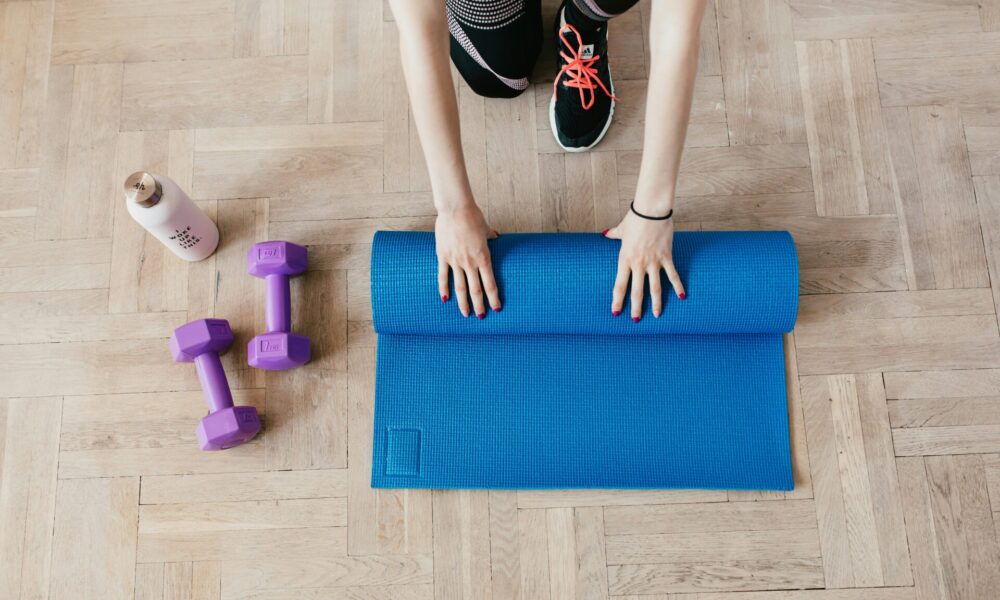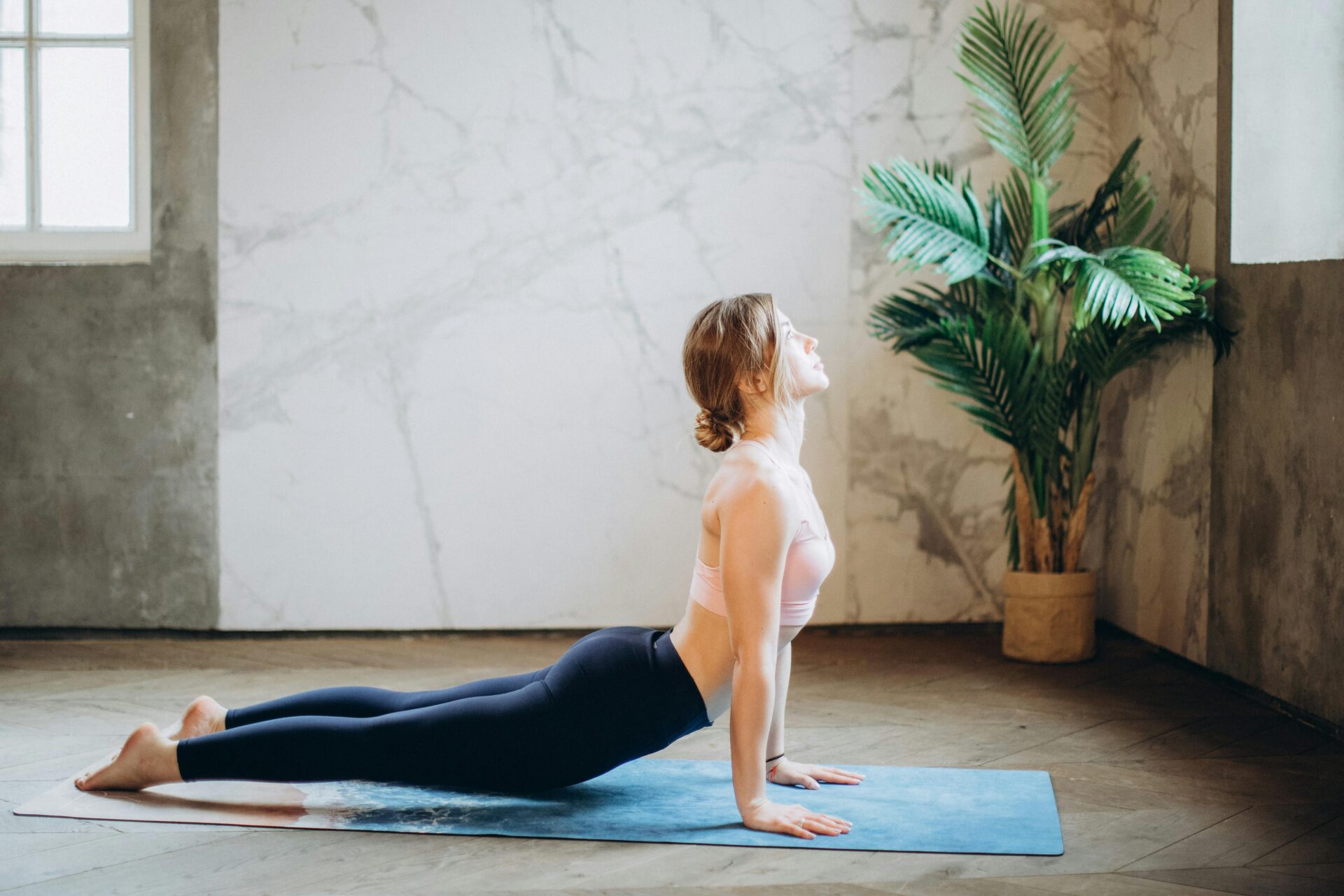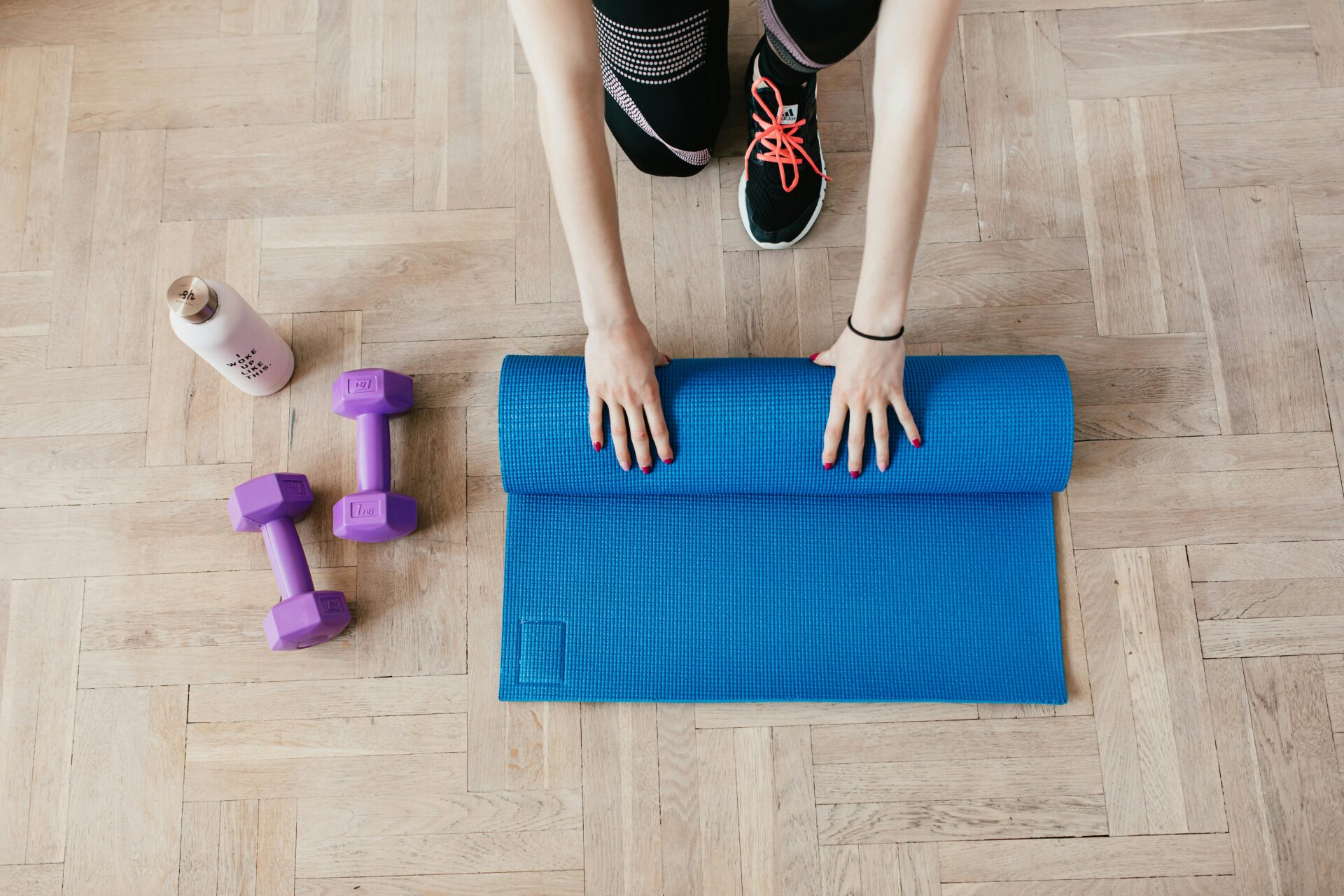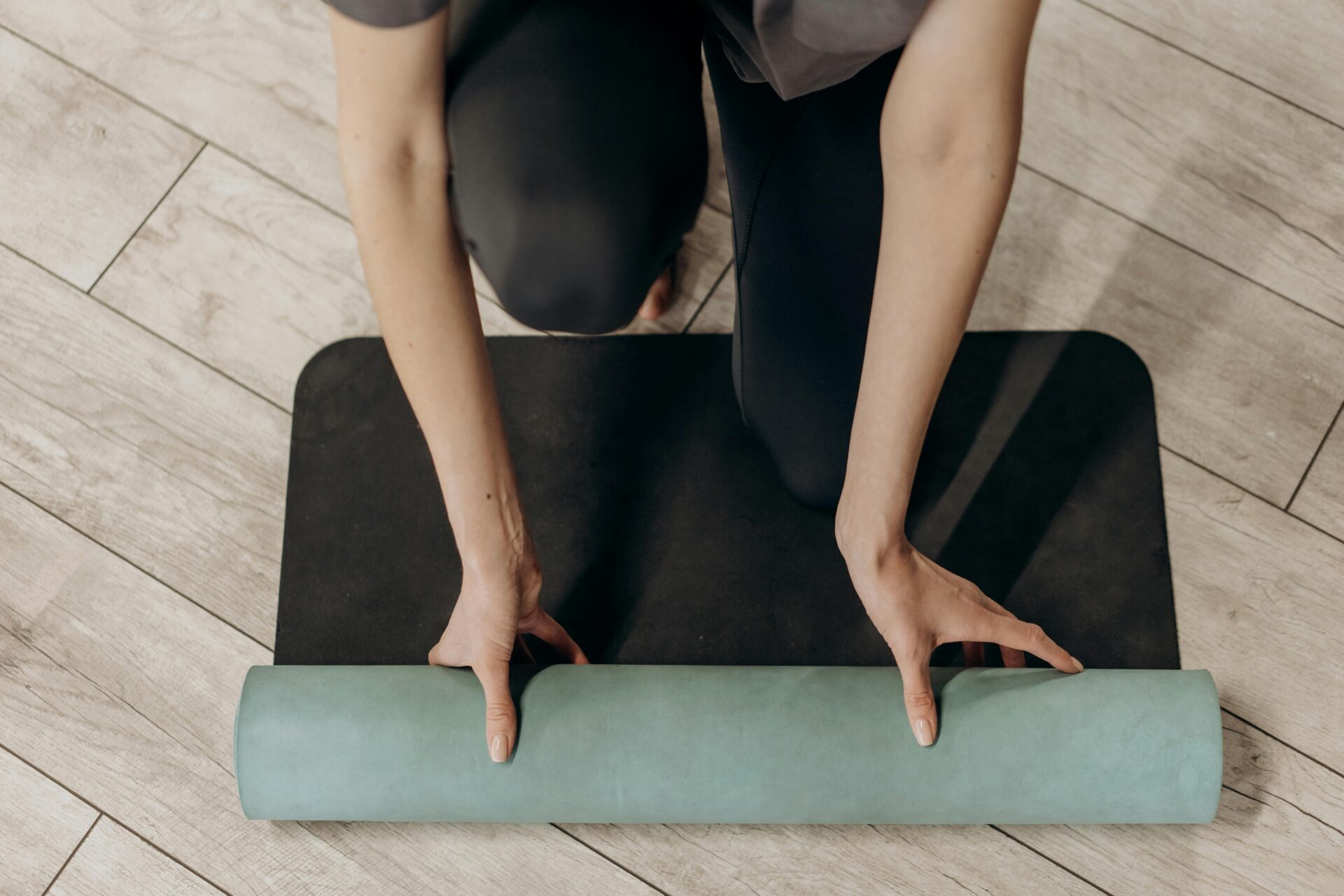How to Create a Fitness Routine You Love

Creating a fitness routine that you love is key to maintaining consistency and achieving your health goals. When your workout plan aligns with your preferences and lifestyle, exercise becomes something you look forward to rather than a chore. This comprehensive guide will provide you with practical tips to design a workout plan that suits your unique needs and keeps you motivated.
Understanding Your Fitness Goals
Before you start designing your fitness routine, it’s crucial to understand your goals. Are you aiming to lose weight, build muscle, improve cardiovascular health, increase flexibility, or simply stay active? Your goals will shape the type of exercises you include in your routine.
1. Weight Loss:
Focus on cardiovascular exercises like running, cycling, and swimming to burn calories. Incorporate strength training to build muscle, which helps boost metabolism.

2. Muscle Building:
Emphasize strength training with exercises like weightlifting, resistance band workouts, and bodyweight exercises. Include progressive overload to continually challenge your muscles.
3. Cardiovascular Health:
Engage in aerobic activities such as jogging, brisk walking, dancing, or cycling. Aim for at least 150 minutes of moderate-intensity cardio per week.
4. Flexibility:
Incorporate stretching, yoga, or Pilates to improve flexibility and reduce the risk of injury. Focus on a full range of motion exercises for all major muscle groups.

5. General Fitness:
Combine a mix of cardio, strength training, and flexibility exercises to maintain overall fitness and well-being.
Identifying Your Preferences
To create a fitness routine you love, it’s important to identify the types of activities you enjoy. Here are some questions to consider:
1. What types of exercises do you enjoy?
Do you prefer indoor or outdoor workouts? Do you like solo activities like running or group classes like spinning or Zumba?
2. What’s your preferred time of day for exercise?
Are you a morning person who enjoys starting the day with a workout, or do you prefer exercising in the evening to unwind after work?
3. How much time can you realistically dedicate to exercise?
Determine the amount of time you can consistently commit to working out each week. This will help you create a realistic and sustainable plan.

4. What motivates you to stay active?
Consider what keeps you motivated, whether it’s setting goals, tracking progress, working out with friends, or listening to music.
Designing Your Workout Plan
With your goals and preferences in mind, you can start designing your workout plan. Here are the key components to include:
Warm-Up:
Begin each workout with a 5-10 minute warm-up to prepare your body for exercise and reduce the risk of injury. This can include light cardio like walking or jogging and dynamic stretches.
Cardio:
Incorporate cardiovascular exercises that get your heart rate up and improve endurance. Aim for at least 150 minutes of moderate-intensity cardio or 75 minutes of vigorous-intensity cardio per week. Examples include running, cycling, dancing, and swimming.
Strength Training:
Include strength training exercises at least two days a week to build and maintain muscle. Focus on all major muscle groups: legs, hips, back, chest, abdomen, shoulders, and arms. Use free weights, resistance bands, or bodyweight exercises like squats, push-ups, and lunges.
Flexibility and Mobility:
Dedicate time to stretching and mobility exercises to improve flexibility and prevent injuries. Yoga and Pilates are excellent options. Aim for at least two to three sessions per week.
Cool-Down:
Finish each workout with a 5-10 minute cool-down to gradually lower your heart rate and relax your muscles. Include static stretches to improve flexibility.

Sample Weekly Workout Plan
Here’s a sample weekly workout plan that incorporates a variety of exercises to keep things interesting and enjoyable:
Monday:
- Warm-up: 5 minutes of light cardio
- Strength Training: Full-body workout (squats, push-ups, dumbbell rows, lunges, planks)
- Cool-down: 5 minutes of stretching
Tuesday:
- Warm-up: 5 minutes of dynamic stretches
- Cardio: 30 minutes of running or brisk walking
- Cool-down: 5 minutes of stretching
Wednesday:
- Warm-up: 5 minutes of light cardio
- Flexibility: 45 minutes of yoga or Pilates
- Cool-down: 5 minutes of relaxation poses
Thursday:
- Warm-up: 5 minutes of dynamic stretches
- Strength Training: Upper body workout (shoulder presses, bicep curls, triceps dips, chest presses)
- Cool-down: 5 minutes of stretching
Friday:
- Warm-up: 5 minutes of light cardio
- Cardio: 30 minutes of cycling or dance class
- Cool-down: 5 minutes of stretching
Saturday:
- Warm-up: 5 minutes of dynamic stretches
- Strength Training: Lower body workout (deadlifts, leg presses, calf raises, hamstring curls)
- Cool-down: 5 minutes of stretching
Sunday:
- Active Recovery: Light activity like walking, gentle stretching, or a leisurely bike ride
Tips for Staying Motivated
Staying motivated is essential for maintaining your fitness routine. Here are some tips to help you stay on track:
Set Realistic Goals:
- Set achievable short-term and long-term goals. Celebrate your progress, no matter how small.
Track Your Progress:
- Use a fitness app or journal to log your workouts, track your progress, and stay accountable. Seeing your improvements can be highly motivating.
Find a Workout Buddy:
- Exercising with a friend can make workouts more enjoyable and help you stay committed. You can motivate each other and share the journey.

Mix It Up:
- Avoid boredom by varying your workouts. Try new activities, change your routine every few weeks, and explore different fitness classes or sports.
Reward Yourself:
- Treat yourself to non-food rewards for reaching your fitness milestones. Buy new workout gear, get a massage, or plan a fun outing.
Listen to Your Body:
- Pay attention to how your body feels and adjust your workouts accordingly. Rest when needed, and don’t push through pain or excessive fatigue.
Overcoming Challenges
Creating and sticking to a fitness routine can come with challenges. Here are some common obstacles and strategies to overcome them:
1. Time Constraints
If you’re short on time, opt for shorter, high-intensity workouts or break your exercise into smaller sessions throughout the day. Remember, even a 10-minute workout is better than none.
2. Lack of Motivation
If motivation wanes, remind yourself of your goals and the benefits of staying active. Consider hiring a personal trainer or joining a fitness community for added support.
3. Plateaus
If you hit a plateau where progress stalls, mix up your routine. Increase the intensity, try new exercises, or adjust your workout frequency.
4. Injury
Prevent injuries by warming up properly, using correct form, and not overtraining. If you do get injured, seek professional advice and allow yourself time to recover fully.
5. Boredom
Keep things interesting by trying new workouts, setting challenges, or incorporating technology like fitness apps and wearables to track your progress.
Start your Fitness Journey today
Designing a fitness routine that you love is a powerful way to achieve your health and wellness goals while enjoying the journey. By understanding your goals, identifying your preferences, and incorporating a variety of exercises, you can create a plan that fits seamlessly into your lifestyle. Stay motivated by setting realistic goals, tracking your progress, and mixing up your workouts. Overcome challenges by being flexible and listening to your body. Remember, the best fitness routine is one that you look forward to and can sustain in the long run. Happy exercising!
Share this:
- Click to share on X (Opens in new window) X
- Click to share on Facebook (Opens in new window) Facebook
- Click to share on Pinterest (Opens in new window) Pinterest
- Click to share on Reddit (Opens in new window) Reddit
- Click to share on Tumblr (Opens in new window) Tumblr
- Click to email a link to a friend (Opens in new window) Email







Leave a Reply